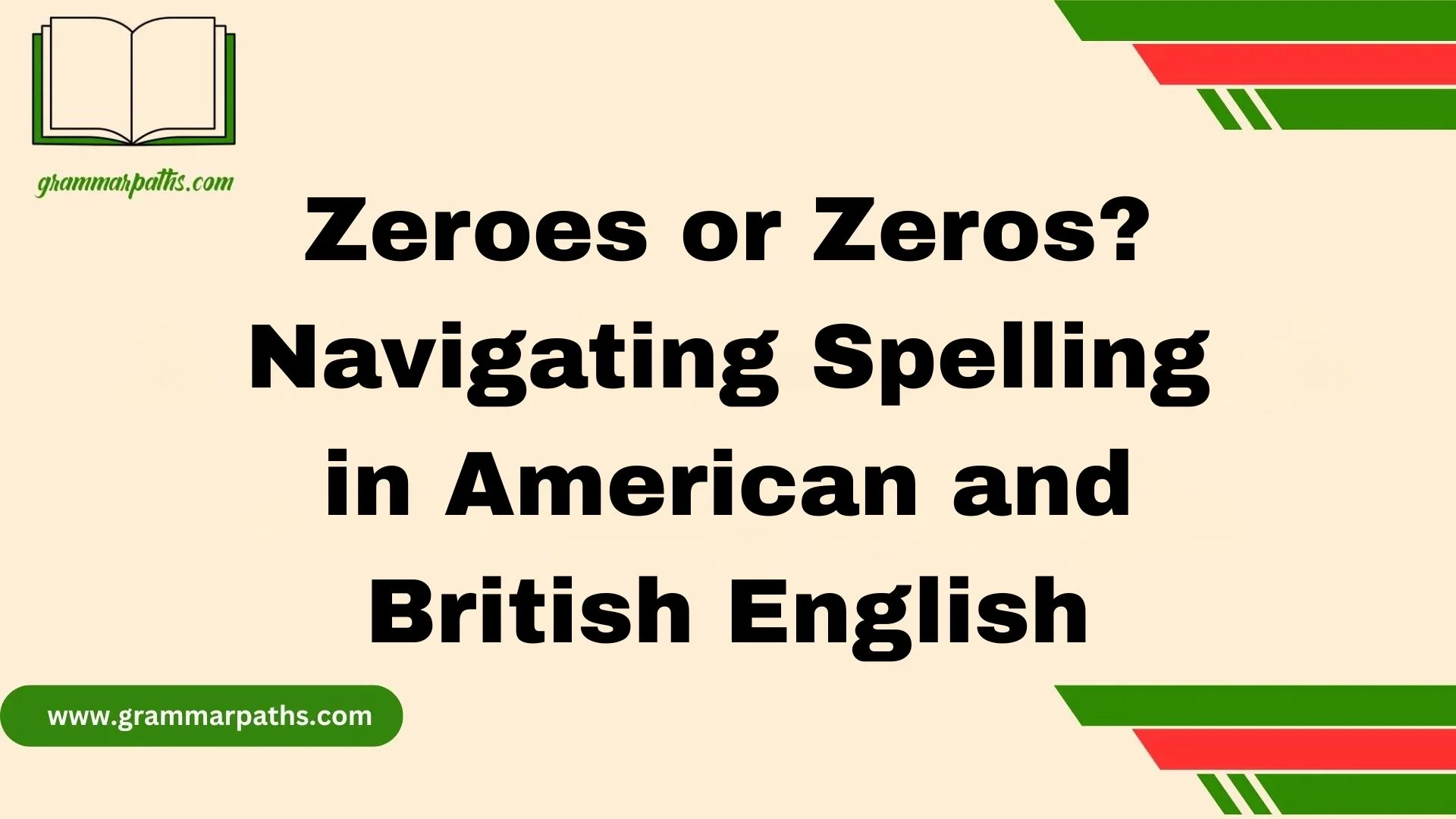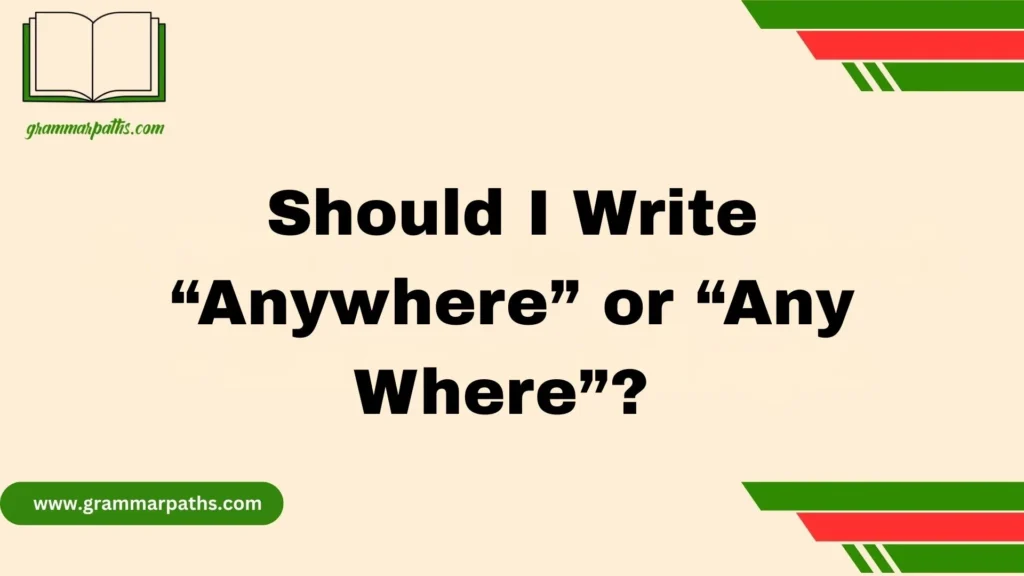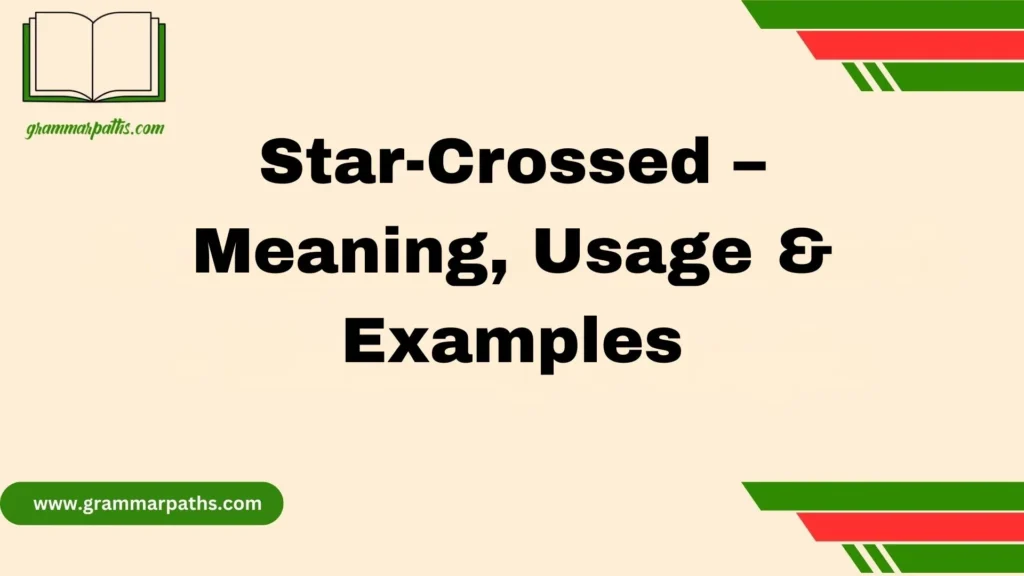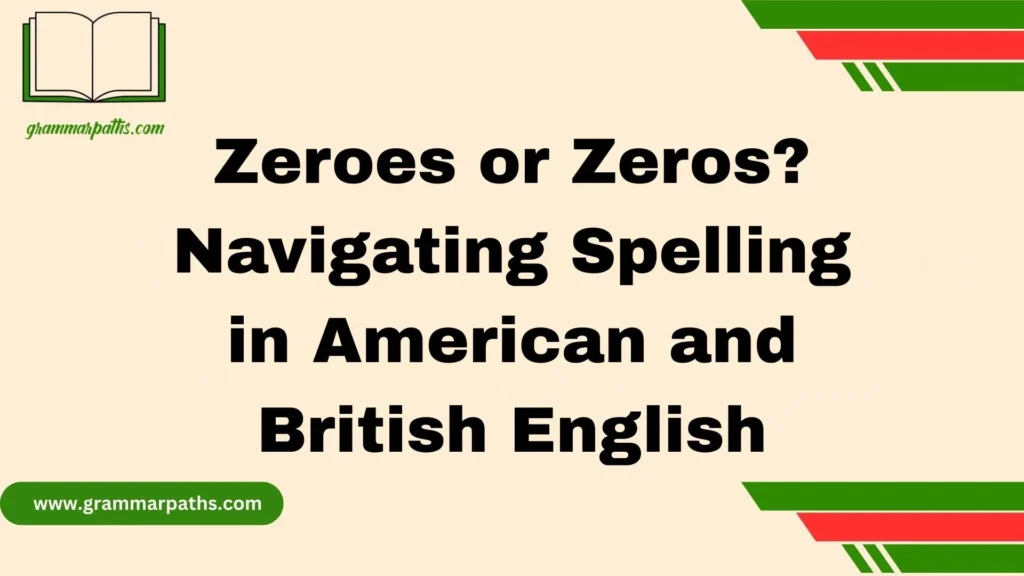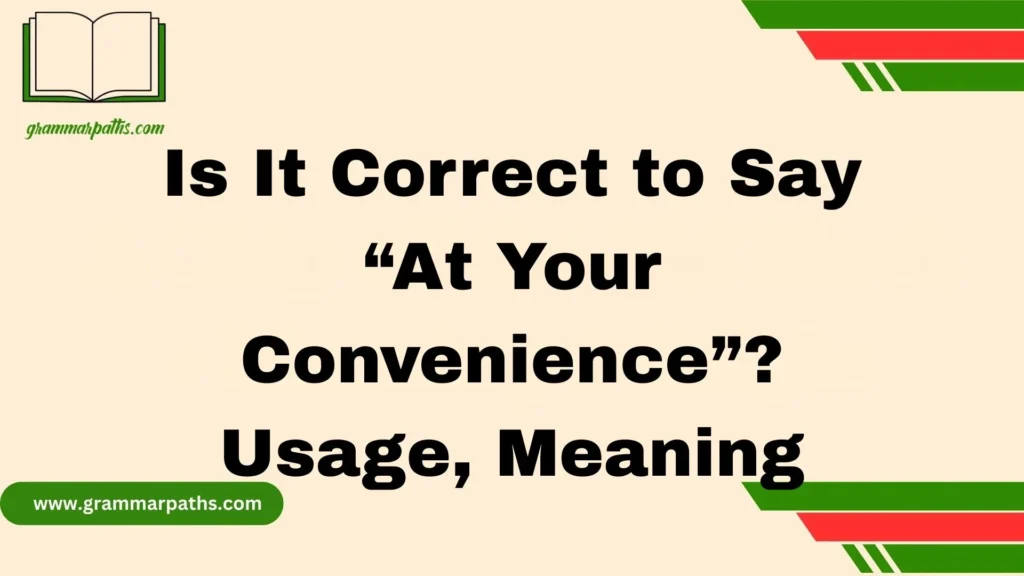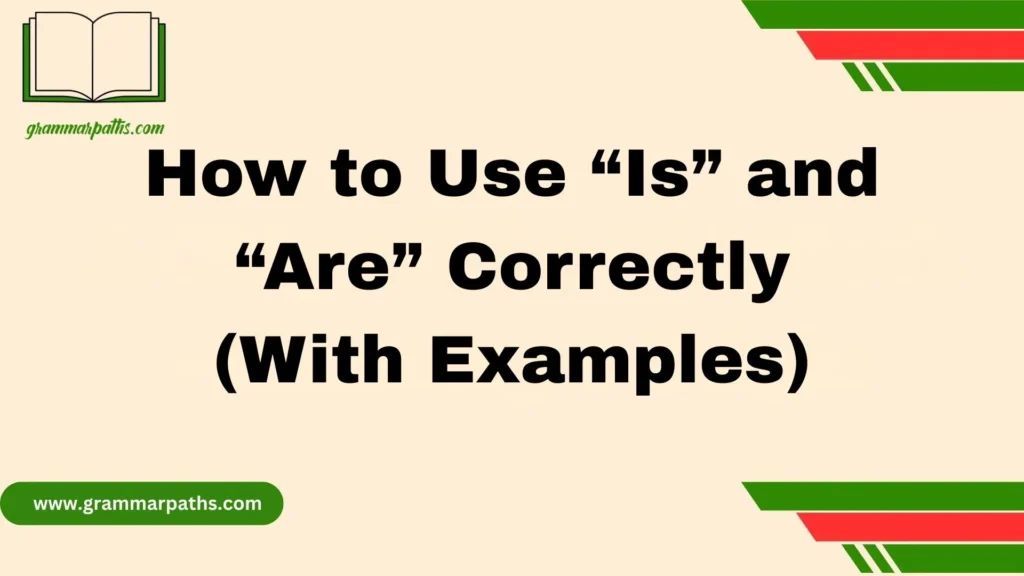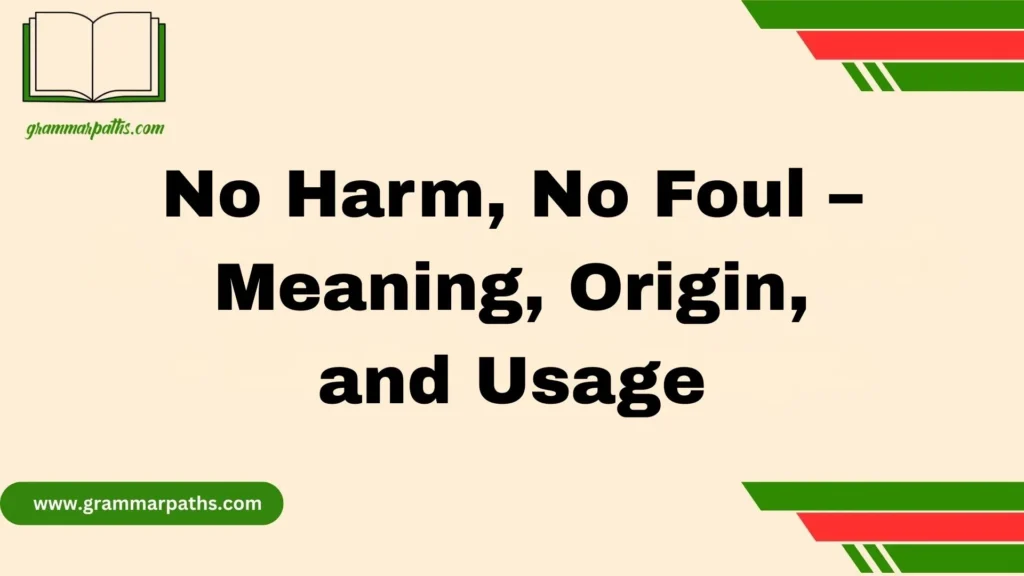When I first checked the Merriam-Webster Dictionary, I noticed how the word “zero” takes two plural forms—zeros and zeroes. At first, I thought one must be more correct than the other, but I quickly realized that both are accepted. In British English, the common version is “zeros,” while in American English, you’ll often see “zeros” as well, though “zeroes” shows up more than you might expect. From my own reading and writing experience, the difference is smaller than people imagine.
What stood out to me is that, by and far, “zeros” is the most frequently used spelling. “Zeroes” appears less often, however, it’s still valid and useful in certain contexts. The choice is really about style rather than strict rules. As a writer who enjoys exploring how languages evolve, I’ve learned that what matters are the conventions of the region you’re writing in. I’ve also found it helpful to remember that clarity comes first—so choosing the version that feels natural for your audience is usually the best path.
The Core Question: Zeroes vs. Zeros
At its heart, the issue is simple: what’s the plural of zero?
- Zeros – This is the most common plural form in modern English, especially in American contexts.
- Zeroes – This spelling still exists, but it’s used less frequently today. It shows up in older texts, British writing, and certain formal contexts.
Fun fact: Both spellings are “correct.” The difference lies in preference, geography, and context.
Many learners assume one must be “wrong,” but English is rarely that neat. Just like theater vs. theatre or color vs. colour, both have history behind them.
American English: Preferred Spelling and Usage
In the U.S., zeros dominates. Modern American dictionaries, school textbooks, and newspapers almost always recommend zeros as the standard plural form.
Historical Evolution in the U.S.
- Early American writers sometimes used zeroes.
- By the 20th century, streamlining spelling became a trend (e.g., honor instead of honour). Zeros fit neatly into this push for simpler, shorter forms.
What Dictionaries Say
- Merriam-Webster: Lists zeros as the preferred plural, but zeroes as an acceptable variant.
- American Heritage Dictionary: Gives zeros as the standard plural.
- Collins American English Dictionary: Notes that zeros is far more common in American English.
Style Guide Standards
- AP Stylebook: Recommends zeros. Journalists stick to this.
- Chicago Manual of Style: Prefers zeros, though it acknowledges zeroes.
- MLA: Consistent with the simpler form, zeros.
Real-World Usage in American Media
A quick scan of major U.S. newspapers and magazines reveals consistency:
| Source | Preferred Form | Example |
| The New York Times | Zeros | “The account showed only zeros at the end of the balance sheet.” |
| The Washington Post | Zeros | “Test scores contained too many zeros for comfort.” |
| Scientific American | Zeros | “Binary code is a language of ones and zeros.” |
Takeaway: In American writing—whether journalism, science, or academia—zeros is the dominant plural.
British English: Zeroes vs. Zeros Across the UK
Across the Atlantic, things look a little different. British English is more tolerant of zeroes as a plural, though zeros has gained traction in recent decades.
Historical Preference
In 19th- and early 20th-century British texts, zeroes appeared more often. The longer form matched other plurals ending in -oes like heroes and potatoes.
Oxford English Dictionary (OED) Guidance
The OED lists zeros as the main plural but recognizes zeroes as a legitimate alternative. Both are marked correct.
Modern British Media
- The Guardian: Leans toward zeros.
- BBC News: Uses zeros in tech and science reporting.
- The Times (London): Still prints zeroes occasionally in financial writing.
Education and Publishing
British school math textbooks increasingly mirror American spelling, teaching zeros as the plural. This reflects globalization and the influence of U.S.-published materials.
Bottom line: In the UK, both spellings appear, but zeros is catching up quickly and may eventually dominate.
Comparative Analysis: Across the Atlantic
Here’s a side-by-side look at usage:
| Region | Preferred Plural | Secondary Form | Notes |
| United States | Zeros | Zeroes | Standardized in style guides |
| United Kingdom | Zeros | Zeroes | Both accepted; older works use zeroes |
| Canada | Zeros | Zeroes | Follows U.S. spelling norms |
| Australia & New Zealand | Zeros | Zeroes | Increasing American influence |
This shows a clear trend toward “zeros” globally. While zeroes survives, it’s losing ground in most English-speaking countries.
Corpus and Linguistic Evidence
Large-scale linguistic databases reveal actual usage patterns:
- Corpus of Contemporary American English (COCA): Over 4,500 instances of zeros vs. just 350 of zeroes.
- British National Corpus (BNC): About 1,200 examples of zeros and 480 of zeroes.
- Global Web-Based English (GloWbE): Strong preference for zeros across international sources.
Trend analysis:
- In the 1950s–70s, zeroes was more common in British texts.
- Since the 1990s, zeros has surged, likely due to globalized publishing and computer technology.
The Technology Factor
Science, coding, and math lean heavily toward zeros.
Why?
- In binary code, programmers universally write zeros and ones.
- Database queries and algorithms often use zeros to avoid ambiguity.
- Tech companies (Microsoft, Apple, Google) publish documentation that uses zeros exclusively.
Example in Computing
Binary example: 10101010 = alternating ones and zeros
In STEM fields, zeros is the unchallenged standard.
Beyond the Noun: “Zeroes” as a Verb
Here’s where things flip: when zero is a verb, zeroes is always correct.
- To zero in on = to focus closely.
- The pilot zeroes the altitude meter = adjusts to zero.
Both American and British English agree: the verb always takes zeroes (never zeros).
Example:
- “She zeroes in on the key detail of the problem.”
- “The engineer zeroes the instrument before testing.”
This distinction clears up much of the confusion:
- Zeros → noun plural
- Zeroes → verb form
The Role of Style Guides and Editorial Standards
Style guides play a powerful role in shaping spelling:
- AP Stylebook: For journalists → zeros.
- Chicago Manual of Style: For academics → zeros.
- Oxford Style Manual: Flexible → allows both, but prefers zeros.
Case Study:
A financial publishing house in London switched all documents to zeros in the early 2000s after international clients flagged inconsistencies. The change improved clarity and reduced editing costs.
International English: Global Perspectives
Canada
Follows American English: zeros.
Australia & New Zealand
Historically allowed zeroes, but most educational resources now use zeros.
South Asia & Africa
English-medium schools often rely on British resources, so both appear. However, U.S.-based digital platforms push students toward zeros.
Global trend: As American tech and media dominate, zeros is becoming the international standard.
Practical Advice for Writers and Students
Here’s how to make the right choice every time:
- If writing for American audiences: Use zeros.
- If writing for British audiences: Both are fine, but zeros is safer.
- If writing academically or technically: Stick with zeros.
- If using the verb “zero”: Always zeroes.
Quick Reference Table
| Context | Correct Form |
| Math/Science | Zeros |
| Computing | Zeros |
| Journalism (US/UK) | Zeros |
| Literature (UK) | Either, but zeros preferred |
| Verb form | Zeroes |
Conclusion
The debate over whether to use zeros or zeroes may look complicated, but it really isn’t. Both forms are correct, and the Merriam-Webster Dictionary confirms this. The key difference lies in usage: British English and American English lean toward “zeros” as the common version, though “zeroes” is still seen in some writing. The gap is smaller than people think, and the choice is often more about style than rules. From my own experience, I’ve found that being mindful of your audience is the most important step. Clear communication, by far, matters more than which spelling you pick.
FAQs
Q1: Which is more common—zeros or zeroes?
In both British and American English, “zeros” is the most common version, though “zeroes” is still correct.
Q2: Does Merriam-Webster prefer one spelling?
The Merriam-Webster Dictionary lists both spellings as correct, so neither one is considered wrong.
Q3: Why does the spelling difference exist?
The spelling variation exists because of historical shifts in the word “zero” and how different regions adapted its plural forms.
Q4: Should I use zeros or zeroes in academic writing?
Most academic styles in the U.S. and U.K. prefer “zeros,” but using “zeroes” is not an error. Pick the version that aligns with the style guide you’re following.
Q5: Is the difference significant in meaning?
No, the difference is mainly stylistic. The meaning is exactly the same in both spellings.

Emma Brooke is a passionate language expert and contributor at GrammarPaths.com, where she helps learners navigate the complexities of English grammar, idioms, and effective writing. With a strong academic background and years of teaching experience, Emma excels at turning tricky grammar rules into simple, practical lessons that readers can easily grasp.
